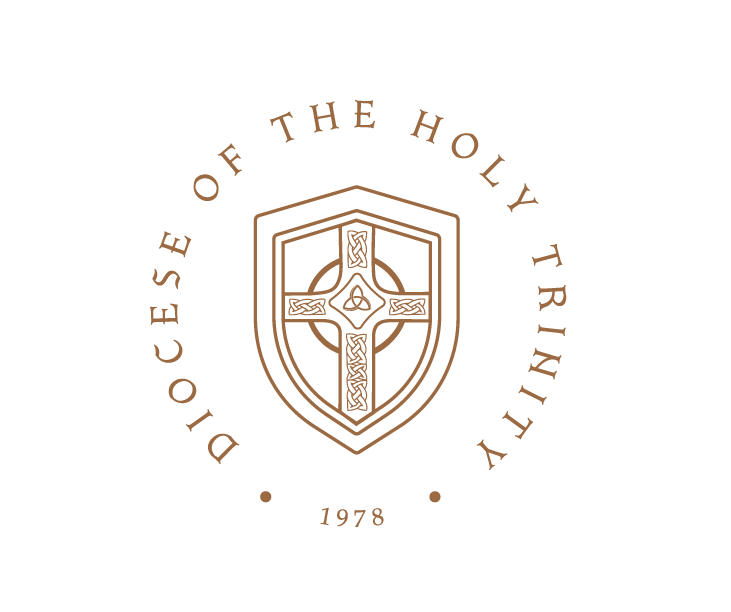What does Jesus look like?
Thornton’s chapter on mental prayer (Christian Proficiency, 71-86) deals with the use of imagination in prayer. Imagination is aided by the use of pictures and images. Our “place” of prayer will be more conducive to prayer if it is populated by visual aids that call to mind the realities we commune with in prayer. This is why it is often easier to pray in church.Some people prefer traditional art, while others prefer modern expressions. This is, to some degree, a matter of indifference in the faith. However, prayer and art criticism are different things. The concern of prayer is with what art communicates. Does it help us to imagine ultimate reality in a way that is faithful to truth and avoids heresy? The concern about heresy in prayer is not inquisitional; the concern is that if our picture of Jesus is inaccurate, our prayer will be less full and life-giving because it will be less true.I may not like art that highlights the humanity of Jesus—that he ate, slept, drank and did other ordinary things that humans do. But Jesus is human whether I like it or not. To fail to imagine Jesus as a fully human person is to imagine Jesus falsely. Conversely, I may not like the images of Jesus as Divine Lord and Judge; but, Jesus is the Son of God and he is the Lord and Judge of the universe whether I like it or not. Avoiding such images only makes my prayer less rooted in the truth.There are different ways of portraying the two natures of Jesus. There are pictures of Jesus as a rather hulking, handsome figure with long flowing locks who appears to be on his way to college on a football scholarship. One might legitimately question how this comports with Isaiah 53:2.There are images that stress Jesus as divine judge in a way that is frighteningly unapproachable. The development of the idea of saints as intercessors in the middle ages was due, to some degree, to the idea that they seemed to be just a little more approachable. To be sure, the ascended and glorified Jesus is frightening and unapproachable to fallen humans—but he always greets the redeemed with, “Do not be afraid” (Revelation 1:17). His glory is a fact of his being; it is not artificial, like the Wizard of Oz.We should use art and images in a way that challenges us to see and live the truth more fully. This may mean using art that we are not naturally drawn to. It is quite possible to benefit spiritually in prayer by meditating on art that we don’t particularly like. A dislike of images that are thought to be “too human” might indicate a lack of attention to the human nature of Christ in one’s life and prayer. Conversely, a dislike of images of Christ as the Son of God might indicate a tendency to avoid some of the harder truths of the faith.Imagination is central to prayer. Thus, we ought to form our imagination through the use of art and images in a way that points us to the fullness of the glorified divine and human Savior. This means thinking about art not mainly in terms of preference, but in terms of truth—not, “Do I like this?” But, “Does this reflect some genuine aspect of Jesus (perhaps one I have neglected) and can it help me grow in my prayer?"

